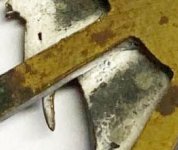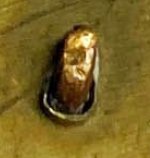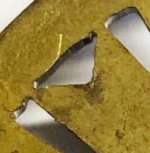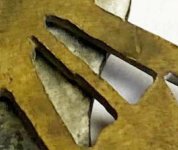on.off
Full Member
I'm trying to ID this badge depicting a horse, wheel, and arrow. But for the arrow it looks like NYPD's old traffic squad insignia. Based on this badge's patina & brooch parts I would date it to around the 1930s. Any thoughts appreciated.











